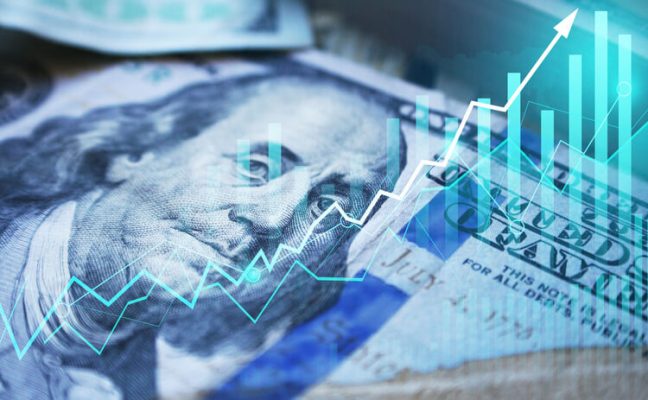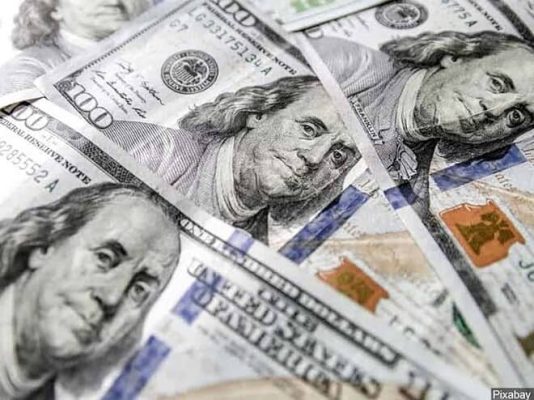U.S. Inflation Shows Signs of Persistence as Consumer Spending Rebounds
In US the economy experienced a slight uptick in U.S. inflation as a key price index rose in April, accompanied by a resurgence in consumer spending.
This suggests that inflationary pressures persist within the economy. The index, closely monitored by the Federal Reserve, revealed a 0.4% price increase from March to April, exceeding the previous month’s 0.1% rise.
Year-over-year, prices rose 4.4% in April, up from 4.2% in March, remaining well above the Fed’s 2% target.
Despite rising prices, consumer spending demonstrated resilience, with a notable 0.8% increase in April, primarily driven by purchases of new cars and other goods.
You may also like: Inflation Reasons and Why Do People Talk About It?
Pressures and Consumer Spending

The latest data indicates that inflationary pressures remain high in the U.S. economy. The key price index, closely observed by the Federal Reserve, recorded a 0.4% increase in prices from March to April. This growth surpasses the 0.1% rise witnessed in the previous month.
On a year-over-year basis, prices experienced a 4.4% increase in April, surpassing the 4.2% growth observed in March.
Although the year-over-year figure has declined from its peak of 7% in June last year, it still exceeds the Fed’s targeted 2% U.S. inflation rate.
In contrast to rising prices, consumer spending rebounded in April. The month saw a substantial 0.8% increase in consumer spending, the most significant surge since January.
This resurgence was primarily fueled by strong purchases of new cars, which witnessed a substantial 6.2% increase. Additionally, Americans spent more on items such as computers, gasoline, and clothing.
These robust spending patterns demonstrate the resilience of consumer confidence, driven by solid job gains and wage increases.
Core U.S.Inflation and Future Projections

Core inflation, a key measure that excludes volatile energy and food costs, provides insight into underlying inflation trends. In April, core prices rose by 0.4% compared to March, consistent with the previous month’s growth.
On a year-over-year basis, core inflation reached 4.7%, showing minimal change since December’s reading of 4.6%.
While some economists predict a potential easing of U.S. inflation in the coming months, certain pricing anomalies contributed to April’s larger-than-expected increase in core prices.
For instance, legal services experienced an unprecedented 3.8% surge from March to April, the highest monthly jump on record dating back to 1959.
Additionally, although used car prices rose by 4.7% in April, wholesale measures of used car costs have begun to decline, which may contribute to an overall slowdown in inflation by June.
The U.S. economy witnesses a modest increase in U.S. inflation, while consumer spending rebounds, showcasing its resilience.
The key price index rose in April, exceeding the previous month’s growth, indicating sustained inflationary pressures.
Consumer spending experienced a significant surge, primarily driven by purchases of new cars and various goods.
Although the economy faces challenges related to inflation, it maintains stability through robust consumer confidence, supported by strong job gains and wage increases.





